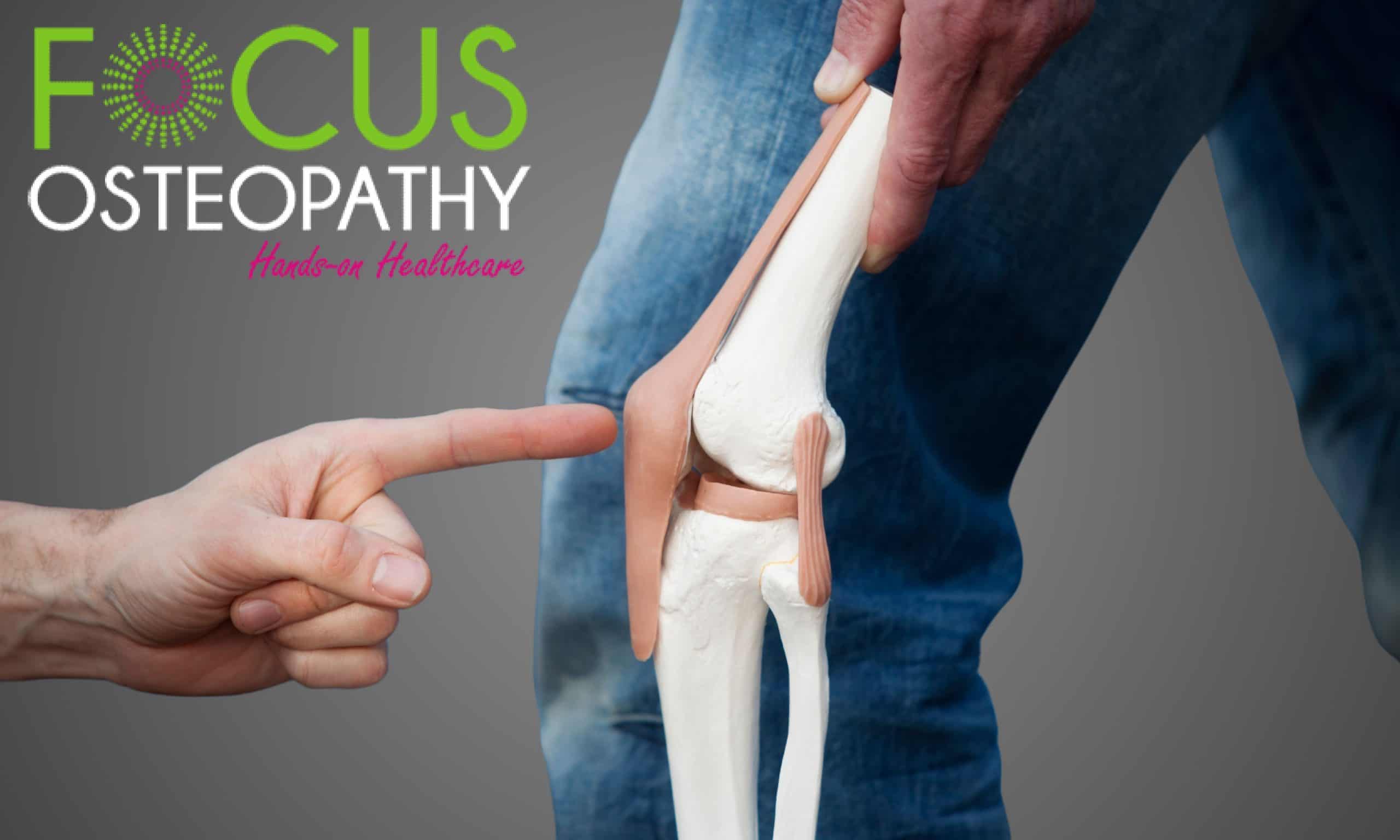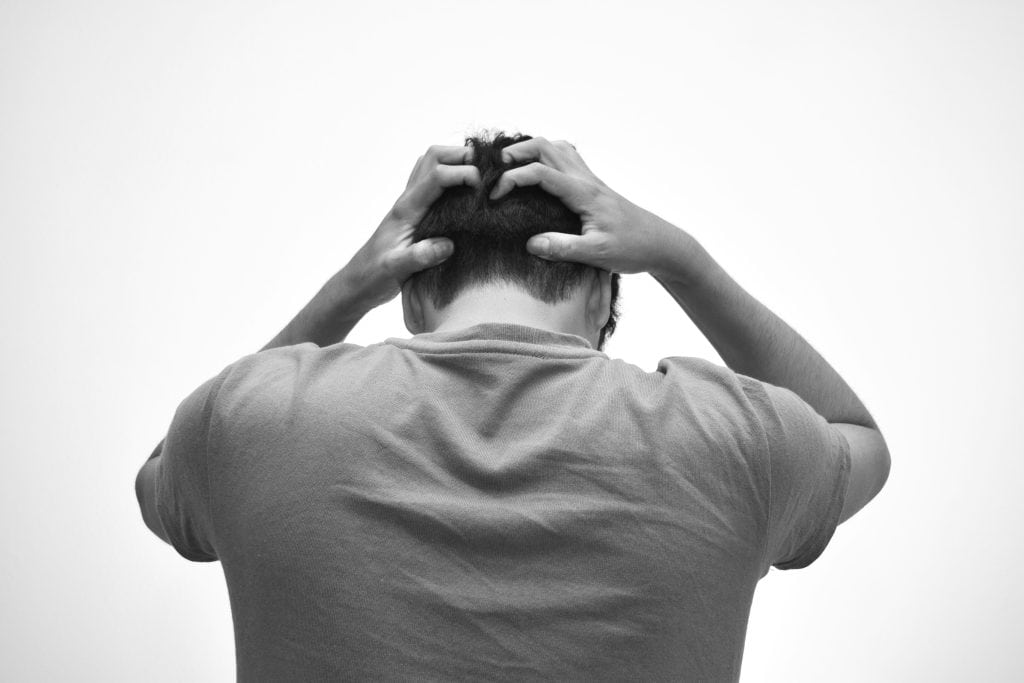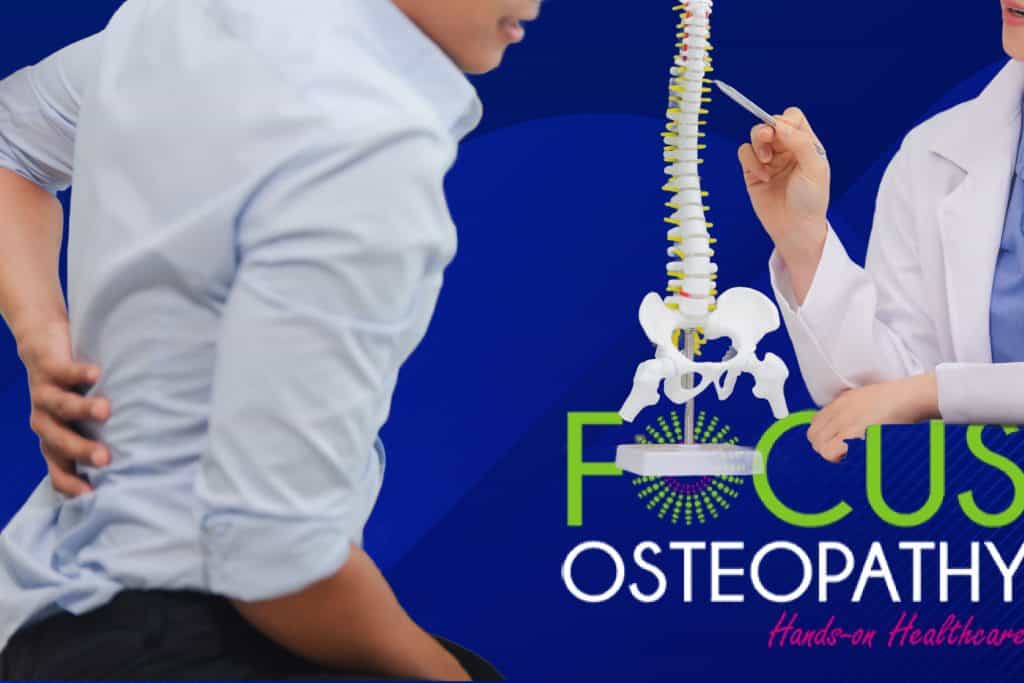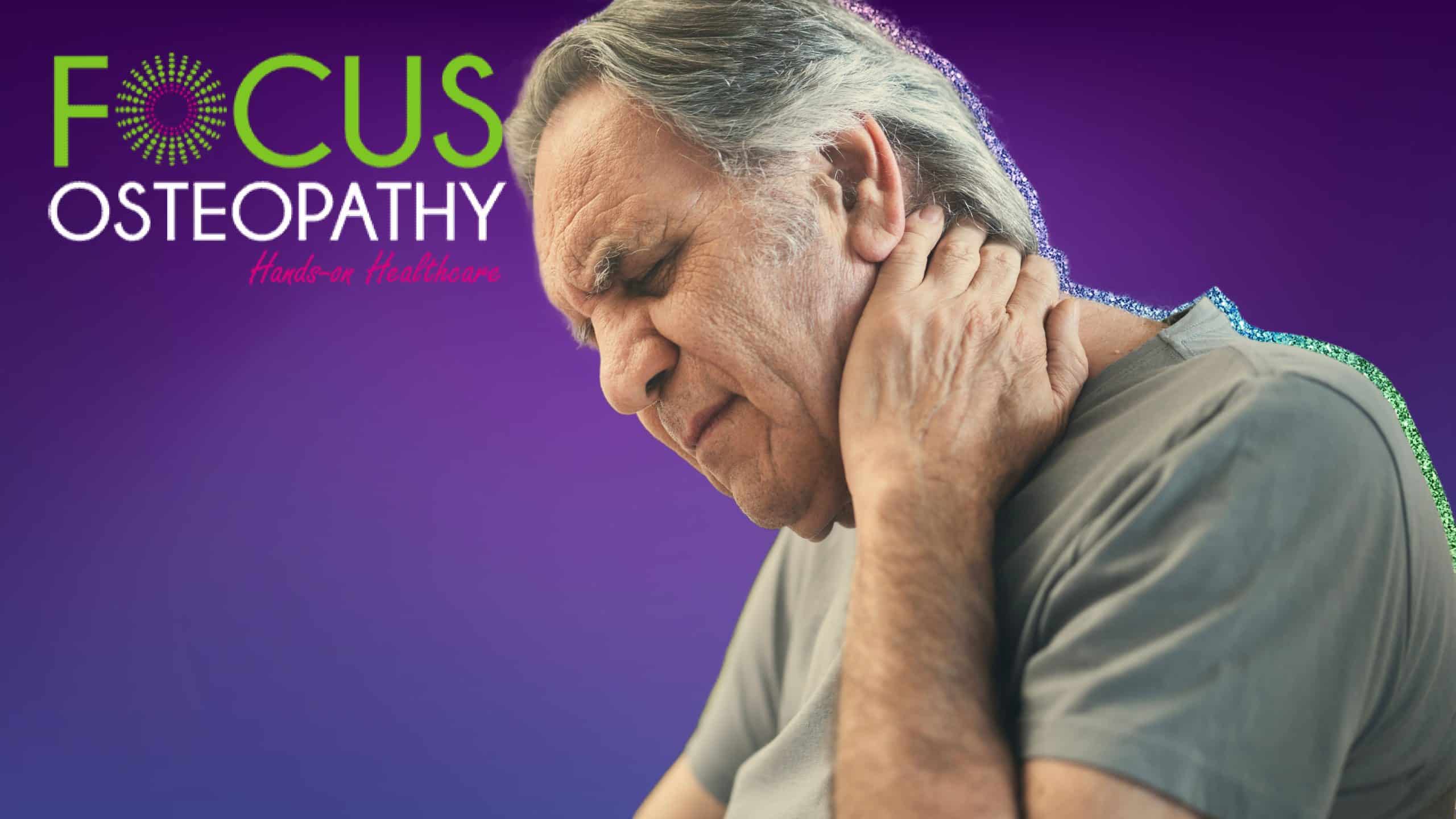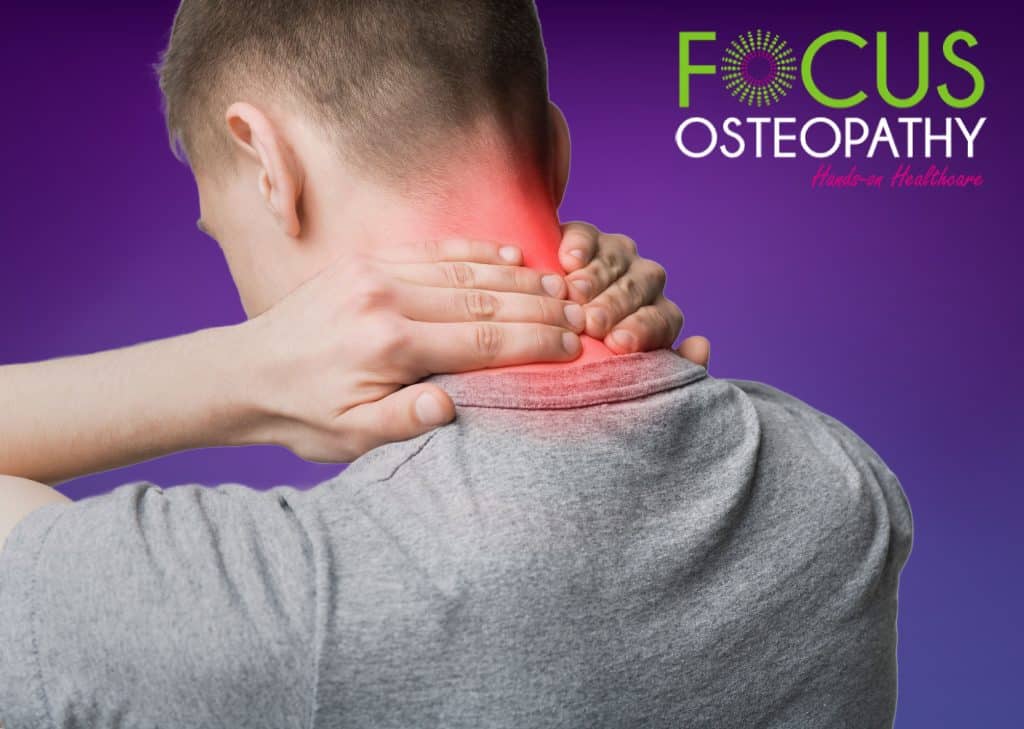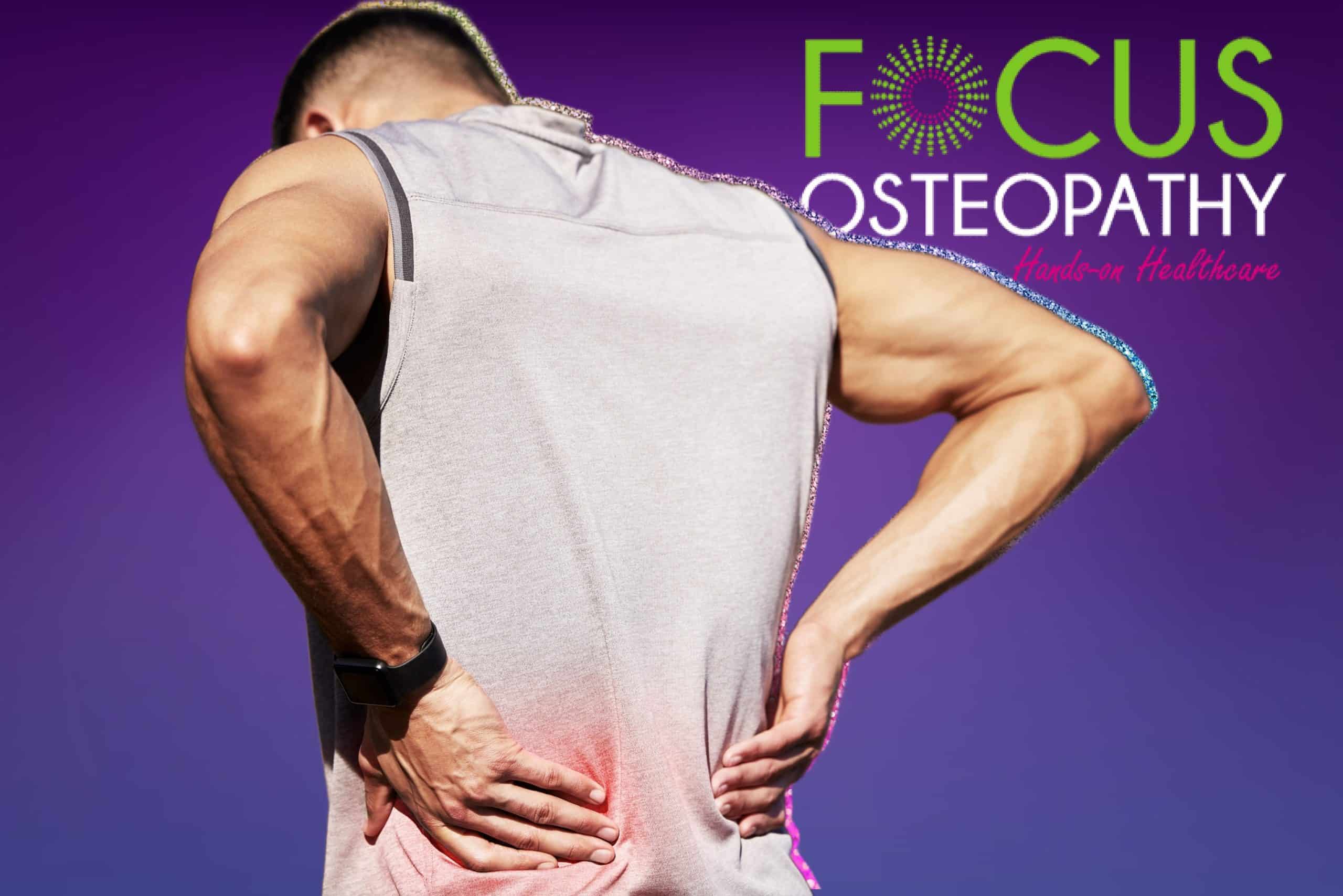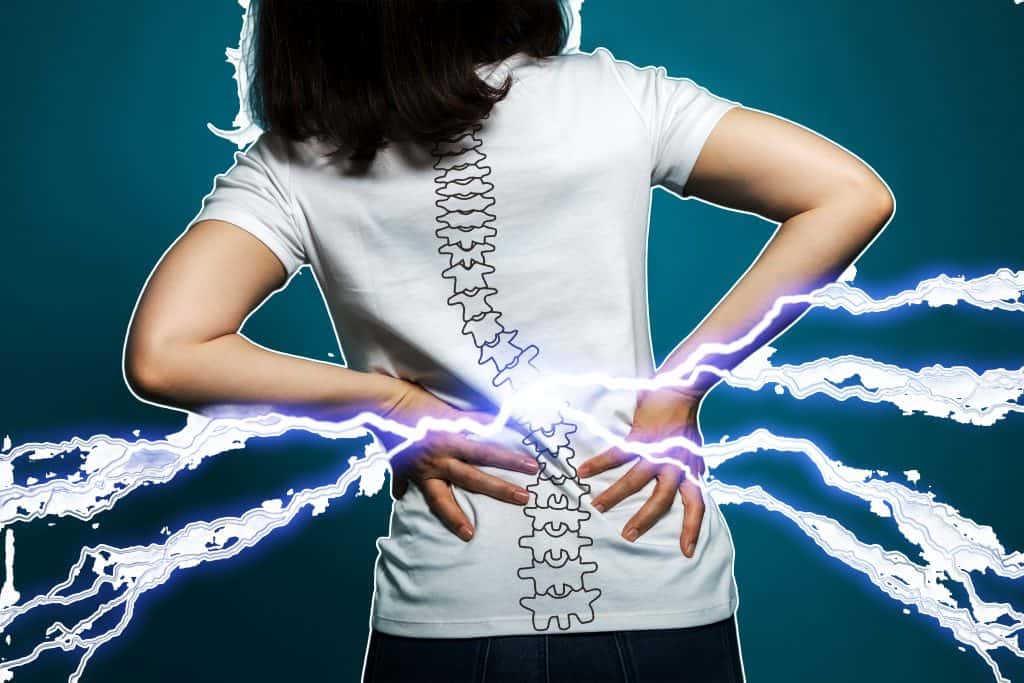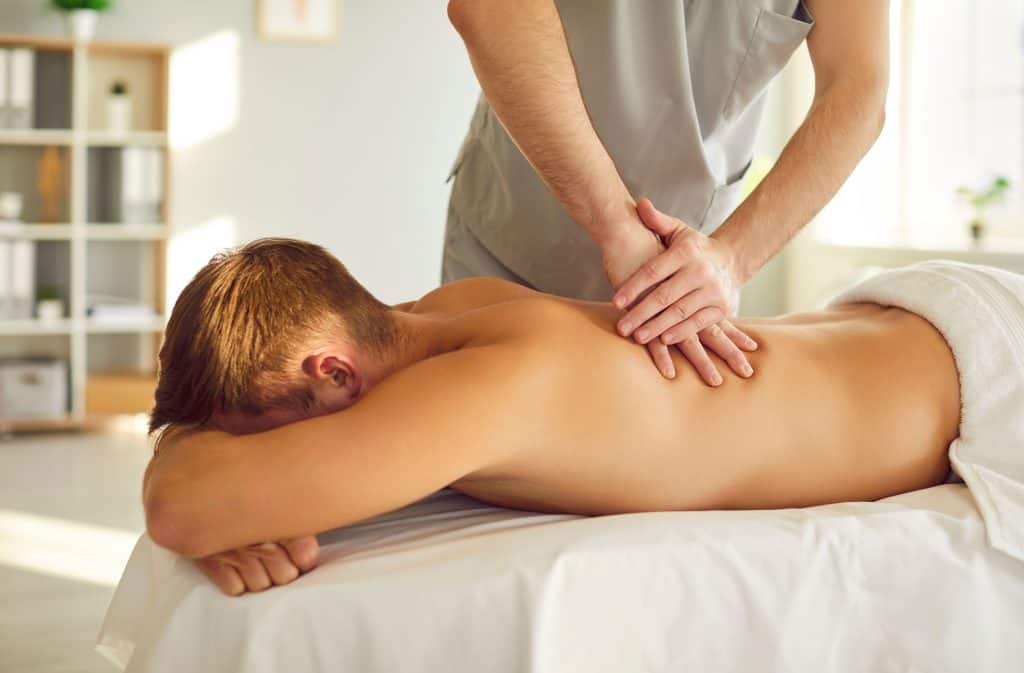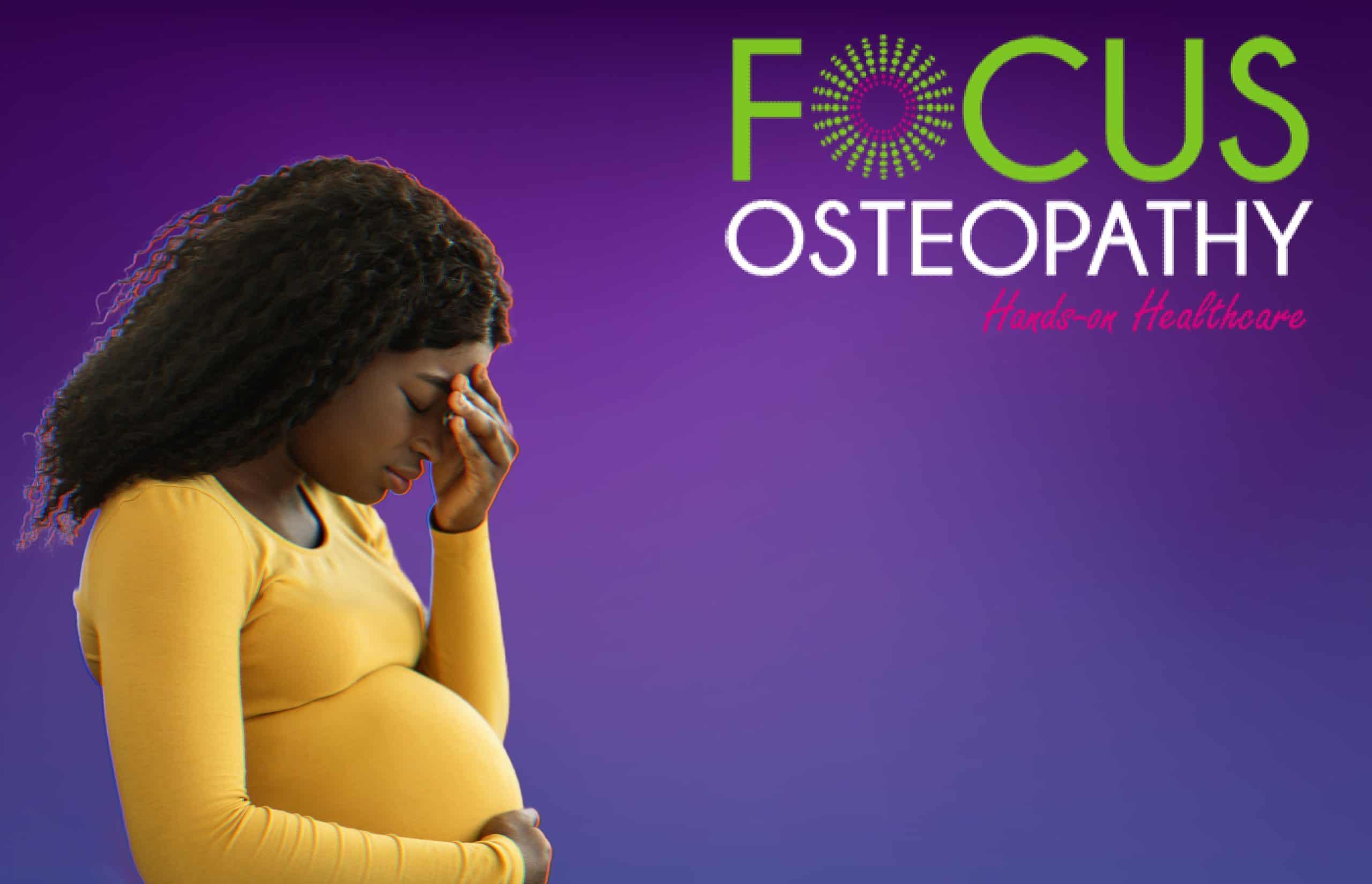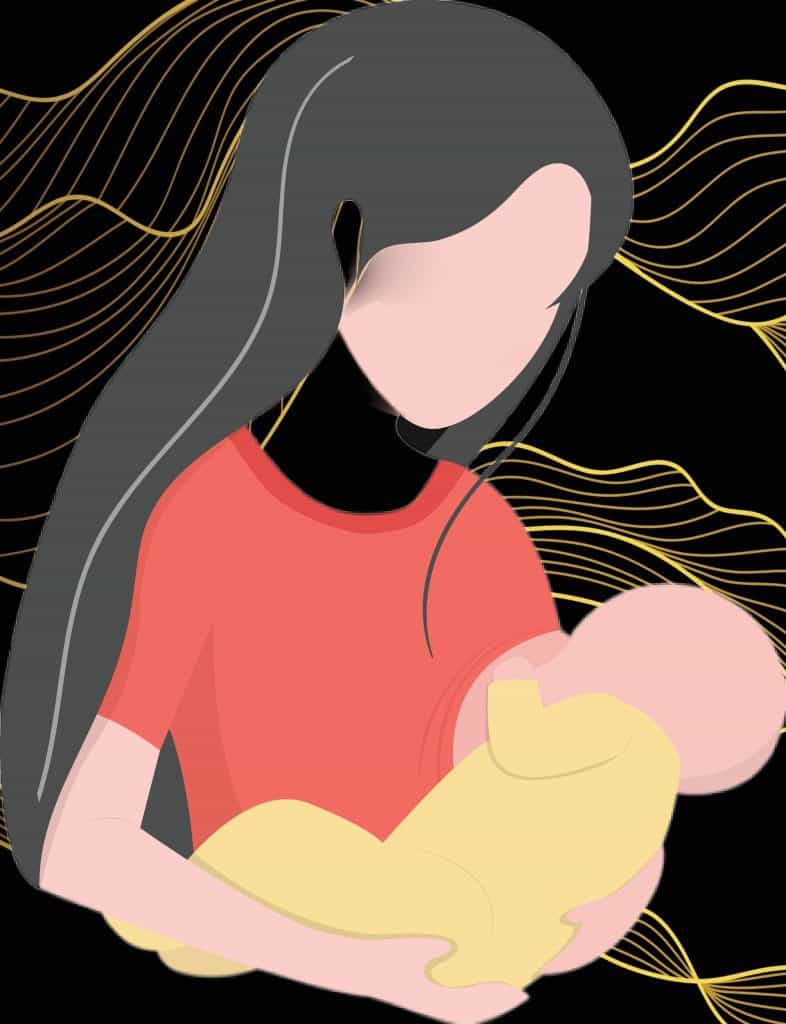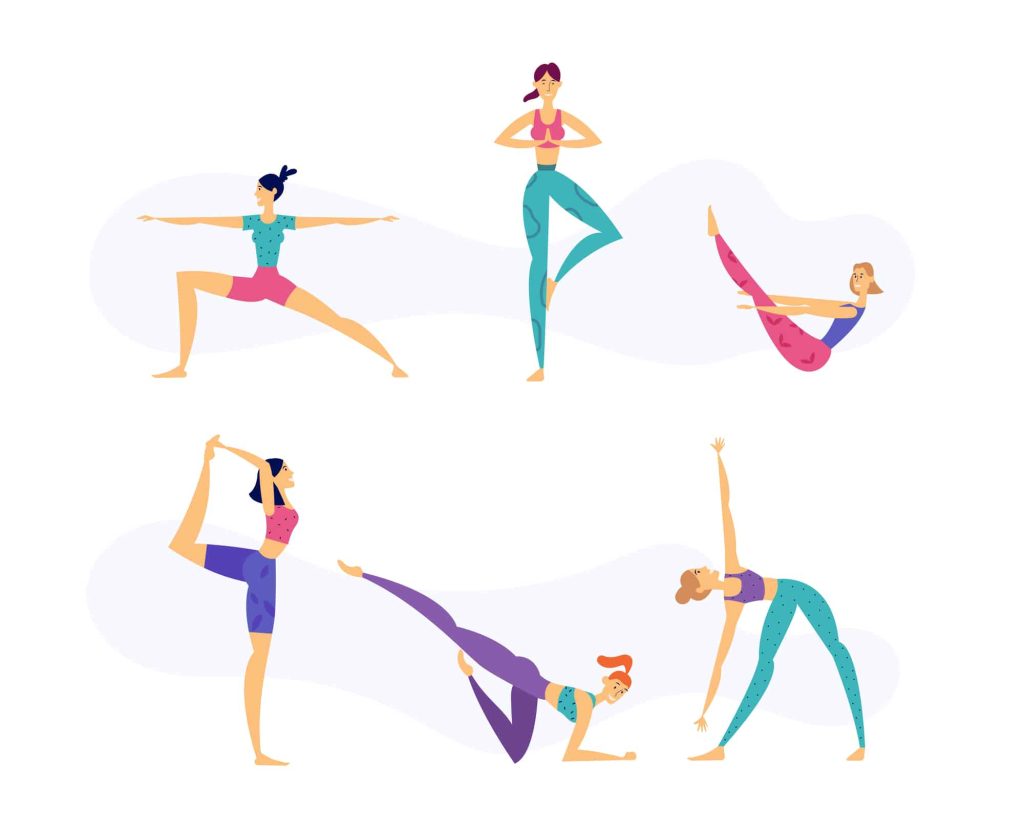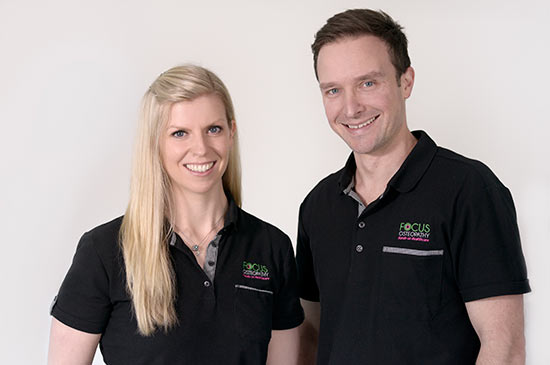Knee pain is the kind of discomfort that can turn a stroll through Mount Waverley’s Valley Reserve into an exercise in frustration rather than relaxation.
Whether you’re an active soul who enjoys a good hike or someone who prefers the quiet charm of a Murrumbeena coffee shop, knee pain can put a damper on your daily life. In fact, it can often bring life to a grinding halt.
The knee is one of the most complex joints in the human body, and it doesn’t take kindly to being overused, misused, or just plain ignored. The causes of knee pain are as varied as the roads leading to Chadstone Shopping Centre.
It can be a result of lifestyle factors, such as too many years pounding the pavement without proper footwear, or from medical issues like osteoarthritis, a condition that makes your knee joint feel older than time itself.
More Blogs From Focus Osteopathy
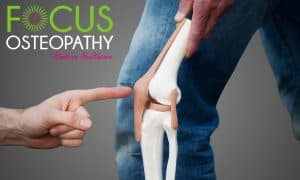
Knee Pain: The Good, The Bad, and the OUCH!

4 Reasons Swimming Is Good For Back Pain
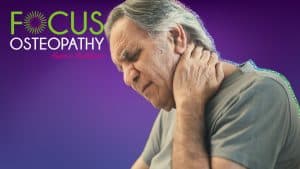
8 Ways Neck Pain Can Disrupt Your Daily Life—and How Osteopathy Can Help
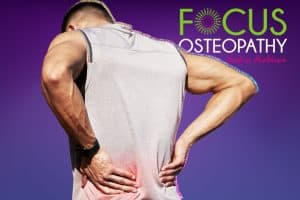
Understanding Back Pain: The Unwanted Companion
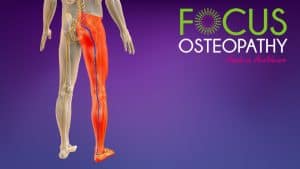
Does Massage Therapy Help Sciatica? 4 Things You Must Know

Neck Pain Exercises to Help You Sleep
For those who find their knees groaning loudly when put into action, it’s important to understand what might be causing this discomfort. On the lifestyle side, factors like poor posture, obesity, and lack of proper exercise can contribute significantly. We don’t want to hear that, but it’s true.
Picture this: you’re sitting on the couch, binge-watching the latest Netflix drama, and your knees are just silently judging you for not moving enough. On the flip side, medical conditions such as arthritis, gout, or injuries like meniscus tears can cause knee pain that doesn’t just disappear with a good night’s sleep.
And let’s not forget about the toll that high-impact sports, like footy or netball, can take on those joints. All these factors combined mean that your knees might start playing up, making those trips to the shops, or your commute, feel like a marathon.
How Osteopathy Can Be Your Knee’s Best Mate
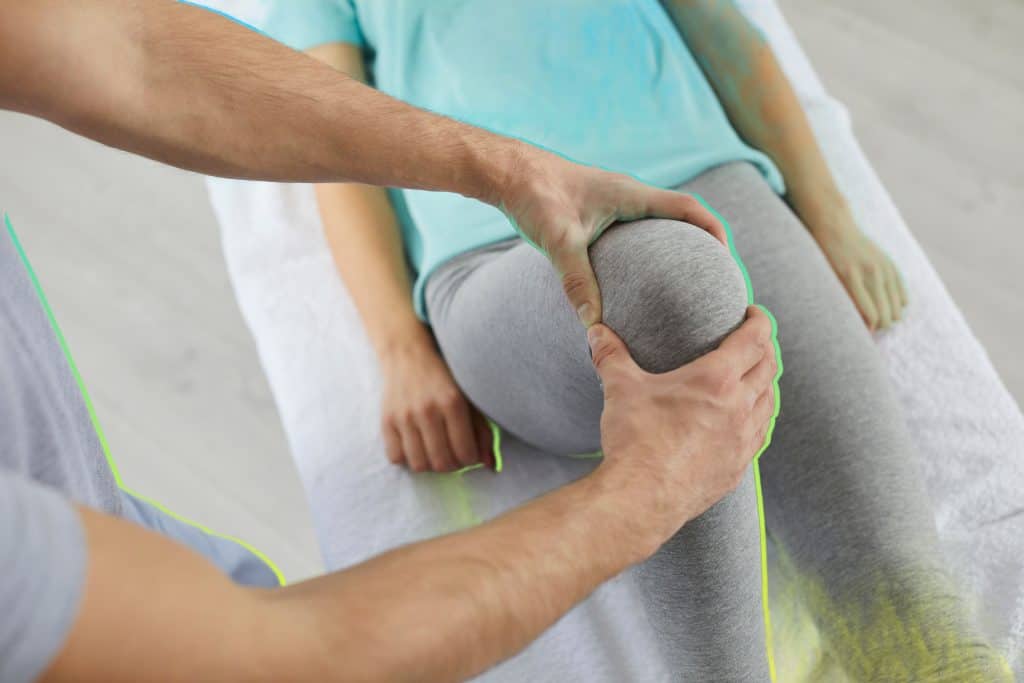
Now, if you’re thinking osteopathy is just another fancy term for a glorified massage, think again. Osteopathy is a holistic approach to healthcare that focuses on the musculoskeletal system, which includes your bones, muscles, and joints—the very parts that are making you hobble instead of hop around Oakleigh.
Osteopaths are like the friendly mechanics of the human body, trained to find and fix the root cause of your knee pain rather than just patching up the symptoms. They use their hands to diagnose and treat, employing a variety of techniques such as stretching, gentle pressure, and resistance.
When you visit an osteopath in Mount Waverley or Murrumbeena, you’re not just getting a quick fix; you’re getting a treatment plan tailored specifically to you. Osteopaths understand that knee pain is often not just about the knee itself but about how your entire body functions.
Maybe your knee pain is caused by a misalignment in your hips, or perhaps it’s your poor posture during those long hours sitting at your desk.
The osteopath will assess your body as a whole, considering everything from your gait to your work habits, and create a plan that may involve manual therapy, exercise recommendations, and lifestyle advice. They might even have a cheeky word or two about those thongs you’ve been wearing that provide absolutely no support.
Osteopathy isn’t just about popping in for a session and hoping for the best. It’s about actively engaging with your health. Your osteopath might recommend specific exercises to strengthen the muscles around your knee, improving its stability and reducing pain. They may also suggest adjustments to your daily routine, like how to sit properly at your desk or the best way to stand when you’re waiting in line at the local bakery.
And if you’re lucky, you might even get some tips on how to keep your knees happy during those long, lazy Sunday afternoons at Central Park in Malvern East.
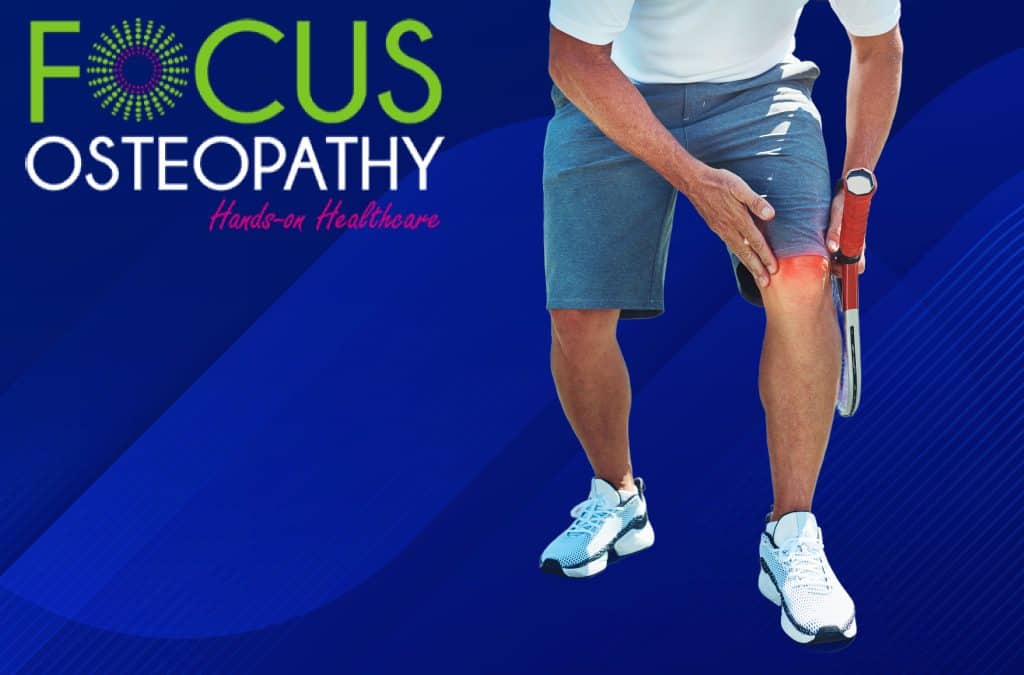
The Road to Recovery: From the Clinic to the Cafés
Recovering from knee pain with the help of osteopathy is like embarking on a journey—one where the destination is a life free of those annoying aches and pains. But let’s be honest, it’s not an overnight fix. Healing takes time, just like it takes time for the coffee at that trendy new café in Hughesdale to cool down enough to drink.
The great thing about osteopathy is that it doesn’t just treat the symptoms; it addresses the underlying causes. This means that while you might not be running up the 1000 Steps in Ferntree Gully tomorrow, you’re on the right path to getting there eventually, or at least being able to walk through the serene streets of Mount Waverley without wincing.
One of the key benefits of osteopathy for knee pain is that it’s a non-invasive treatment option. There’s no need to jump straight to surgery or rely solely on painkillers, which can sometimes feel like they’re doing more harm than good. Instead, osteopathy works with your body’s natural healing processes, helping to restore balance and function.
Over time, with regular treatment, you might find that your knee pain diminishes, your mobility improves, and you’re able to enjoy all the wonderful things that make living in Murrumbeena and Mount Waverley so special.
Whether it’s playing a round of golf at the Riversdale Golf Club or simply taking the dog for a walk along the Gardiners Creek Trail, osteopathy can help you get back to doing what you love. It’s time to talk to us.
If your knees are acting more like squeaky old hinges rather than the well-oiled joints they’re meant to be, it might be time to consider osteopathy.
With a blend of hands-on techniques, exercise, and lifestyle adjustments, osteopathy offers a comprehensive approach to tackling knee pain. So, the next time you’re hobbling through Chadstone Shopping Centre or struggling to keep up with the grandkids at the Waverley Antique Bazaar, remember that help is just a consultation away. Your knees will thank you, and who knows, you might even get back to enjoying those leisurely strolls through the parks of Mount Waverley and Murrumbeena without a single wince.
